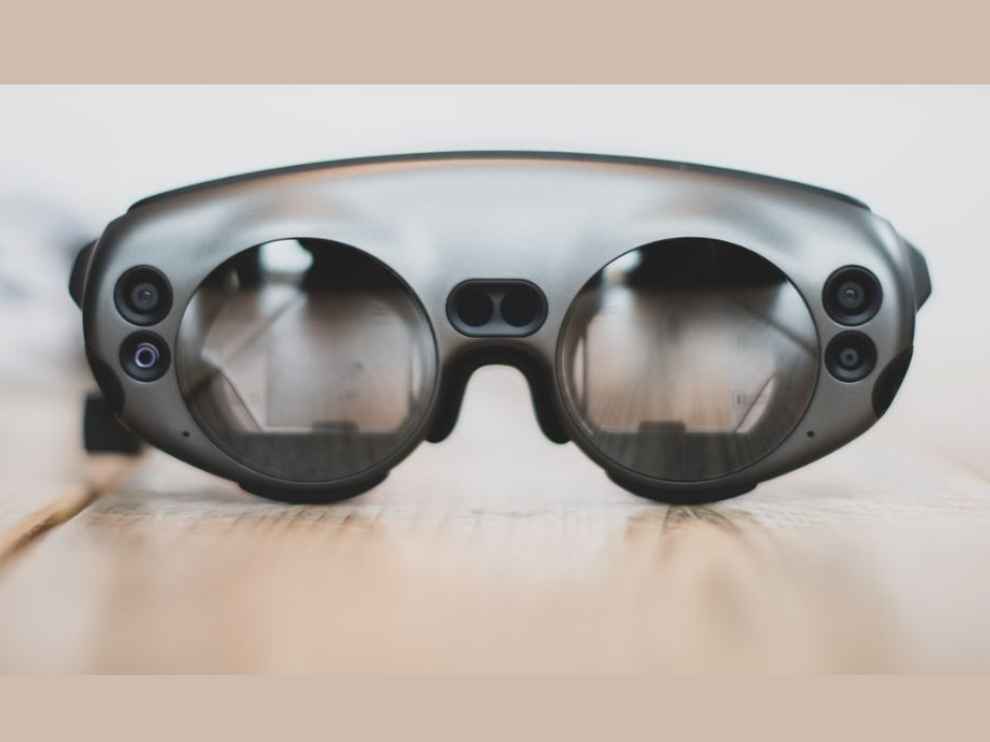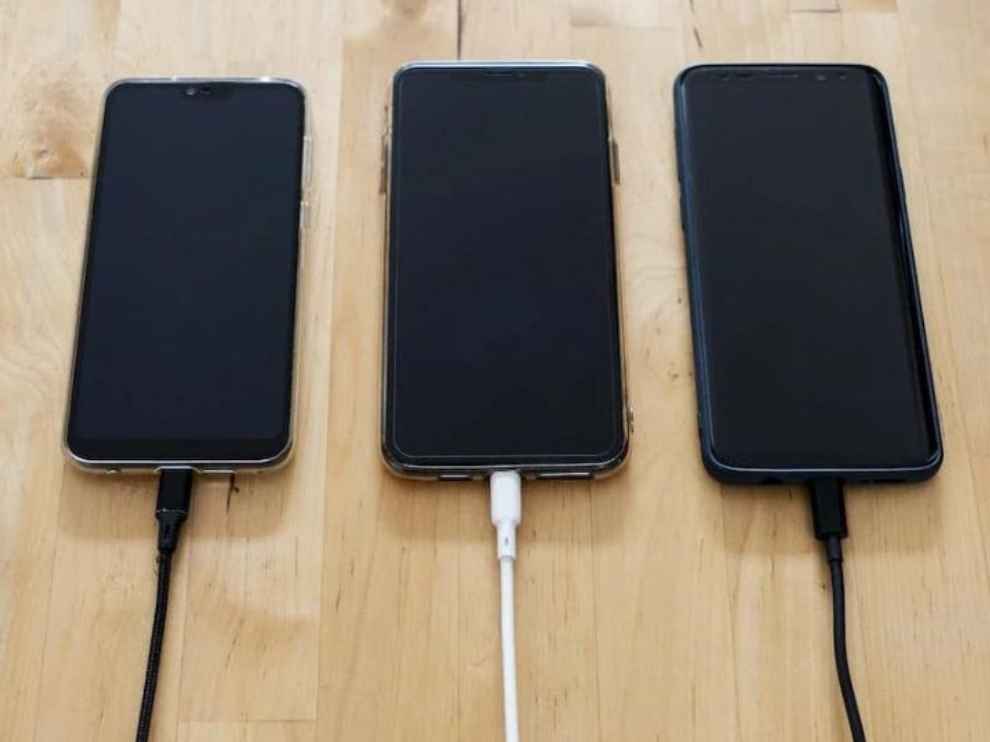Qualcomm’s Chris Patrick on Snapdragon 8 Gen 2, Indian innovation and battery tech
This is an interview with Chris Patrick, Qualcomm’s SVP and GM of mobile handsets.
He talks about AI, AR, VR, foldable smartphones, 5G, and battery technologies.
Besides speaking on disruptive technologies, he also talks about competition and the role of Indian innovation at Qualcomm.

Launched in November 2022, Qualcomm’s Snapdragon 8 Gen 2 chip is going to find itself in a lot of premium flagship smartphones of 2023, promising cutting-edge performance enhancements in almost all critical departments of a smartphone’s functioning. Qualcomm isn’t hiding the fact that the Snapdragon 8 Gen 2 has quite a few AI innovations baked into the chip itself, something that the average user wouldn’t even notice every day, for instance.
 Survey
Survey“How we train AI and use it in the chip really depends heavily on the context, because we use AI for a lot of different things,” says Chris Patrick, senior vice president and general manager of mobile handsets, Qualcomm Technologies, Inc.
“For example, we use AI a lot for image processing. For different types of different types of visual effects as part of the camera, as part of the still images and video capture and processing. Yeah, so we have a lot of domain specific knowledge and domain specific expertise as part of several other kinds of camera-specific adaptive algorithms,” Patrick explains.
He further highlights how Qualcomm has been working on these algorithms for many years, training these AI algorithms with lots of data to best optimise what Qualcomm thinks the best end user preference will be. But that’s far from all where Patrick says Qualcomm deploys AI-on-chip on the Snapdragon 8 Gen 2.
“We have a lot of AI deployed in the phone’s modem. That's one of the things we announced, the Snapdragon X70 5G modem, earlier in the year. It uses AI for things like beam steering, which is part of millimetre wave (mmWave) processing or channel state estimation for better 5G throughput, for example. So these are some of the problem areas that Qualcomm has been studying for over 30 years, where we use AI to help process vast amounts of data available in modem-level signal processing and try to make the optimal decision for the real-time, dynamic operation of the device. AI gives us a chance to bring different kinds of tools to solve all the problems we've been studying over the years.
That’s not all that Chris Patrick discussed with us during his recent visit to India in December 2022. While speaking from Bengaluru, Patrick underscored the importance of critical research and development conducted out of Qualcomm India, revealing a small insight into the role the India team had to play in Snapdragon 8 Gen 2’s innovation journey.
“I've been at Qualcomm for 26 years, shouldering many roles on Qualcomm’s engineering side, which kept bringing me to India over the years. Most of the projects I've been a part of over the past decade and a half, our India team has had a strong role to play in its delivery and execution,” Patrick emphasises. “There's almost nothing we do at Qualcomm that the India team doesn't have a strong role to play from start to finish,” he underscores.
“The Qualcomm India team is absolutely essential, really indispensable in terms of everything we do all over the world. On my current trip, one of the things we'll be talking about is the strong role on some of the advanced camera applications. Some of the cutting edge end-to-end camera capabilities we demonstrated in Snapdragon 8 Gen 2 were really birthed out of innovations and execution done by the Qualcomm India team,” Patrick reveals, explaining further how some of the advanced multimedia applications Qualcomm develops and deploys across devices, the India team plays a critical role on both the system engineering side as well as hardware implementation side and then the final software implementation.
We asked Qualcomm’s Chris Patrick if modern smartphones are plateauing in terms of disruptive innovations, if they’re in danger of becoming mundane commodities, and if the disruptive tech will emerge out of wholly newer device categories in the near future, like AR/VR headsets or smart wearables. In response, Patrick highlights an interesting perspective.
“In terms of the kind of innovation happening in the smartphone industry, we actually don't see it slowing down anytime soon. I think on the form factor side, many devices do look somewhat similar, especially the non-foldable devices. So yes, the range of different form factors is reducing – that's true. But we’re very excited about the advent of foldable devices,” explains Patrick, pointing out how both he and his wife use different foldable smartphones. They open a whole set of new experiences for users to dive into, and more OEMs will continue to experiment with foldable devices, unlocking new ways of doing things smarter and better than ever before, according to Patrick.
“When we look at camera solutions, we look at things like optical image stabilisation and full zoom lenses, so we are seeing a lot of different kinds of innovation in the handset business. On goggles, Qualcomm is working very hard with the Snapchat family of devices, different VR devices, AR devices. We're expanding into compute in a big way, we've always had a strong presence in automotive for many years. We have wearable solutions, headsets, etc. In this broader ecosystem of smart wearable devices, we see the phone playing a very important role in enabling all these future experiences,” says Patrick.
This is because for many people the phone is the one device that will always be with you – an absolutely indispensable device that's always gonna be with everyone, emphasises Patrick. “The smartphone will act as a natural hub to enable a personal cloud of devices, like the electronics headset, hopefully AR goggles one day, as well as a myriad of wearable devices on your person. A whole class of innovation and new user experiences will emerge with these different devices working together. And we're excited from the smartphone team to be a big part of that journey, no doubt about that,” he says.
No doubt all the new innovative device form factors are great, but fundamentally all of them will still need to be powered by batteries. We asked Patrick why innovations in battery tech haven't kept pace with chip-level or form factor innovations; why battery efficiency continues to be a problem that needs to be solved indirectly – how everything that interfaces with the battery in a device becomes more efficient than the battery itself.
“It’s a fair question and I probably don't have a good response honestly,” Patrick admits, while responding, “as a Qualcomm spokesperson, I can tell you we're working very hard to find ways to keep inching down a device’s power consumption. I'm with you, I understand your question and I share your frustration that we can't make it easier somehow by radically improving battery charge density in some way.”
Patrick suggests there’s certainly been some improvements in battery tech, “but I agree, there's been slow and linear improvements compared to the kind of exponential improvement we've had on the semiconductor side of the battery equation. From Qualcomm’s perspective, we work very hard on the technologies around the battery, on things like battery charging, and operating at lower and lower voltages so we can use more of that battery range. But I agree, the industry at large hasn’t made big strides on disrupting charge density within that battery.”
With the new year 2023 just around the corner, what does Qualcomm think about increased competition from the likes of MediaTek and Intel going forward? Here’s what Chris Patrick says about Qualcomm’s drive for innovation.
“Competition's definitely not new to Qualcomm. We've always had strong competitors for 35+ years. I've been at Qualcomm for 26+ years, and I think competition gives us our edge, giving us the incentive to push, compete and come up with the very best products. When we think about MediaTek, Intel or anyone else in the industry, I think it’s great to have them as part of the ecosystem, but we really focus on ourselves. At Qualcomm, we have this very deep technology pipeline, several sets of different topics that we've been researching. We're always very confident in the depth of the technology pipeline, with what we can bring to the industry. Despite the vigorous competition from MediaTek or others, we're never worried about our position in the industry. We're just always worried about being motivated to push ourselves and keep driving that pace of innovation forward,” concludes Patrick.
Jayesh Shinde
Executive Editor at Digit. Technology journalist since Jan 2008, with stints at Indiatimes.com and PCWorld.in. Enthusiastic dad, reluctant traveler, weekend gamer, LOTR nerd, pseudo bon vivant. View Full Profile



